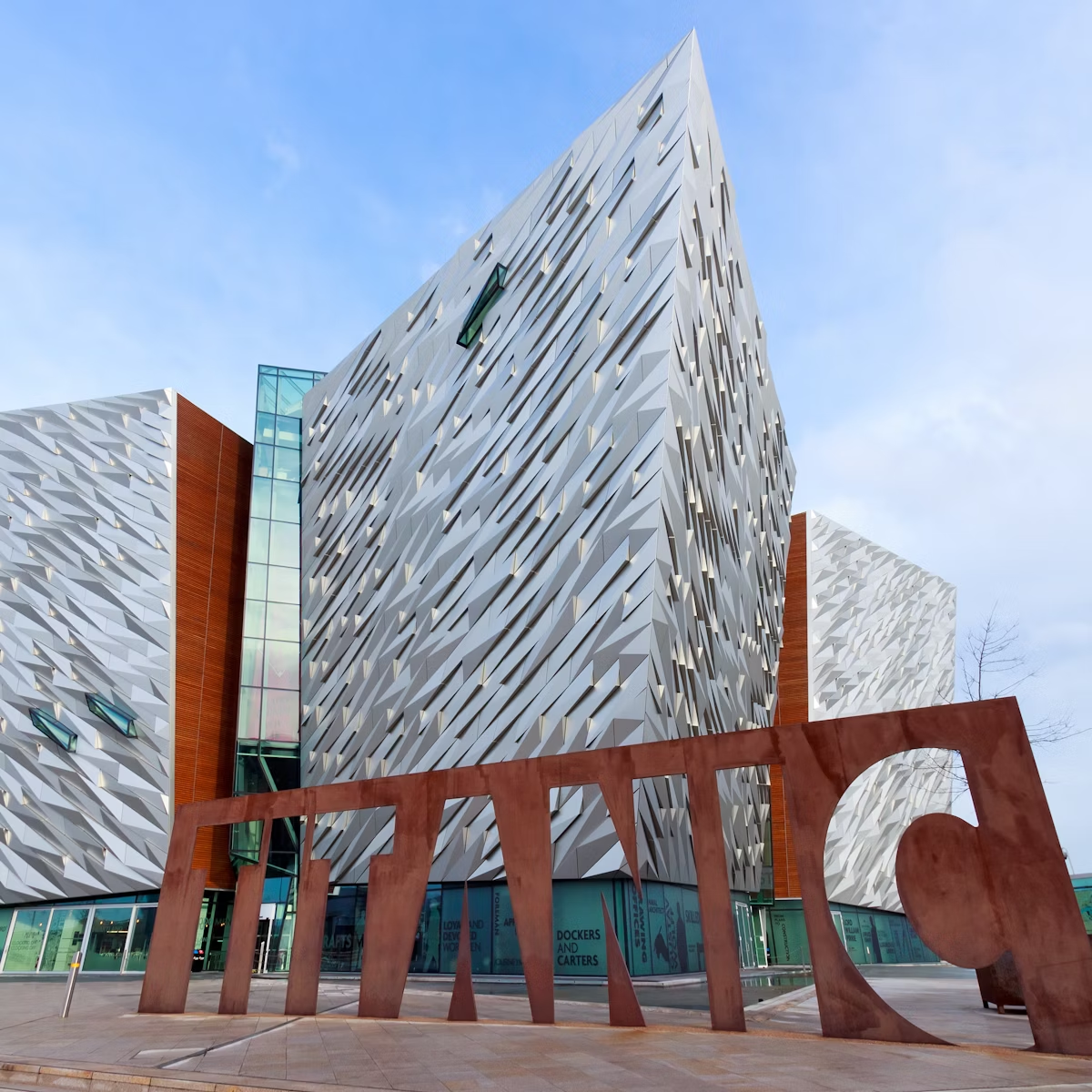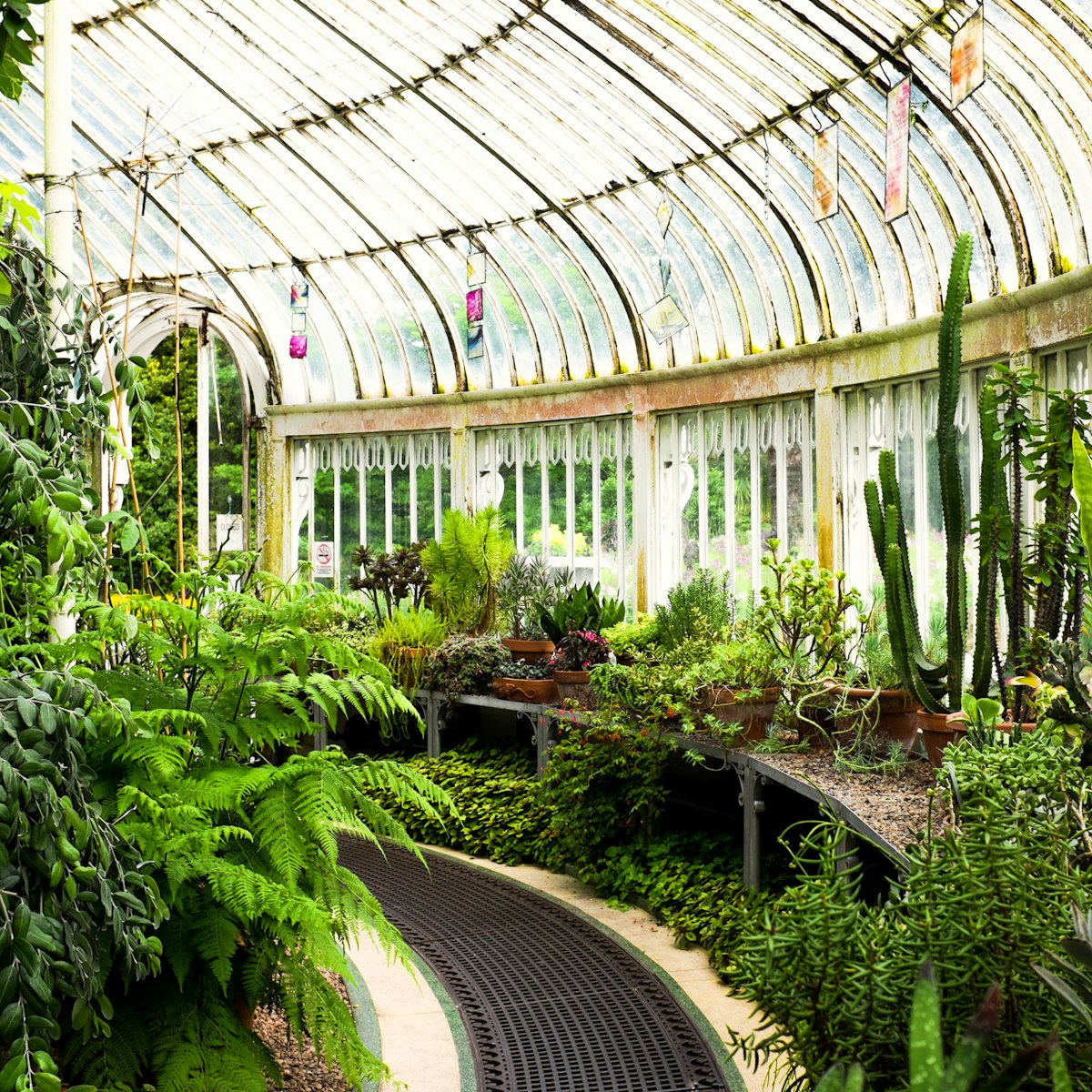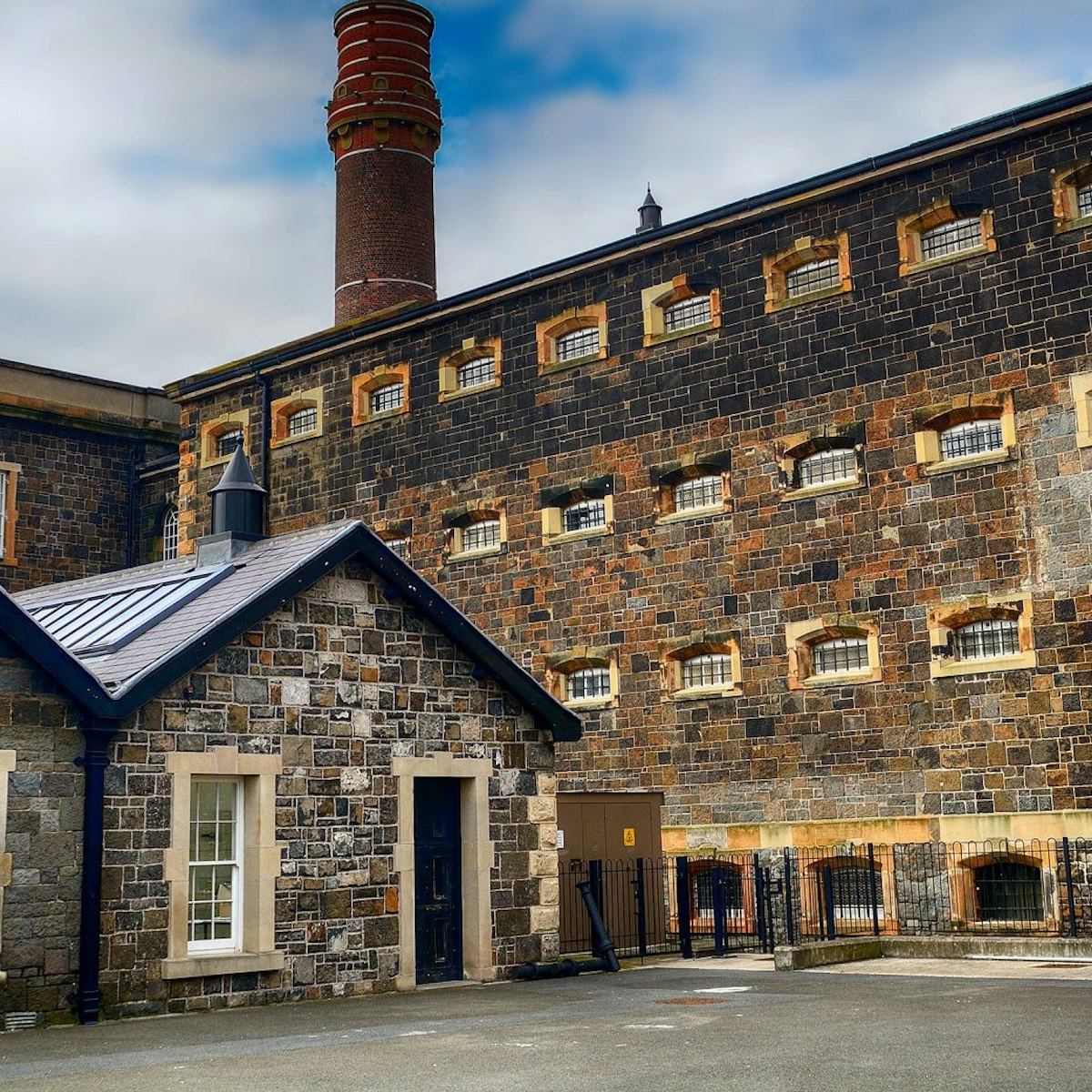Stormont's dazzling white neoclassical facade is one of Belfast's most iconic, occupying a dramatic position at the end of a gently rising 1.5km avenue. Since 1998 it has been the home of the Northern Ireland Assembly.
Free guided tours meet in the elaborate Great Hall, which is made entirely of Italian marble and adorned with five chandeliers; you'll also see the Assembly and Senate Chambers and the Committee Room.
From its completion in 1932 until the introduction of direct rule in 1972, Stormont was the seat of the parliament of Northern Ireland. Following the Good Friday Agreement of 1998 it became home to Northern Ireland's devolved legislative body.
However, in 2017 the power-sharing agreement collapsed over the Renewable Heat Incentive scandal, and the assembly lay dormant. At research time, politicians had yet to return to Stormont.
The building is fronted by a defiant statue of the arch-Unionist Sir Edward Carson. Nearby, 19th-century Stormont Castle, like Hillsborough in County Down, is an official residence of the Secretary of State for Northern Ireland.
Take bus 4A or 4B from Donegall Sq W.








